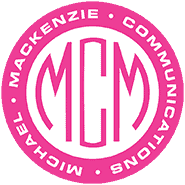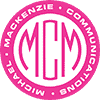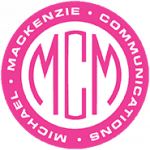Call me picky if you like, but I actually listen to the words in the radio and TV commercials and read the ad copy in magazines and on direct mail pieces. My family refers to it as an obsession, but I consider it professional research.
In the car this weekend I listened to a SunTrust ad about a new customer who after finding that his bank had been recently acquired and the new staff had no idea how that would effect his accounts decided to move to SunTrust. Why? Because they’d been in the same convenient corner location that he’d past for the last 5 years on the way to work.
The ad is part of their “solid” campaign and is designed to convince you that they have some greater level of stability than the other banks. Pardon me, but I think that is a risky message. I’m not a banker (nor do I currently have any banking clients) and this is far from a commentary about the stability of SunTrust but about the fact that you need to be careful what you put in advertising so it doesn’t come back to bite you.
Convenience is great and a sound reason for the actor to switch bank. Certainty that they will be the same bank in 5 years is a tough bet. Have you seen the bank failure rates in Georgia lately? And even after a recovery, there’s still no guarantee that M&As won’t continue. That’s part of the evolution of the banking business, even SunTrust’s evolution. I remember when Trust Company of Georgia merged with Florida’s SunBank to form SunTrust.
But back to my point: be careful what you put in your advertising and marketing materials. Opinions and position papers are one thing and consumers recognize them as such but shouting messages in your advertising campaigns that may not hold water in 6 or 12 months may come back to bite you. And if banking customers are so fickle that they leave every time a bank merges, there is a lot of new account opening business to be had.


